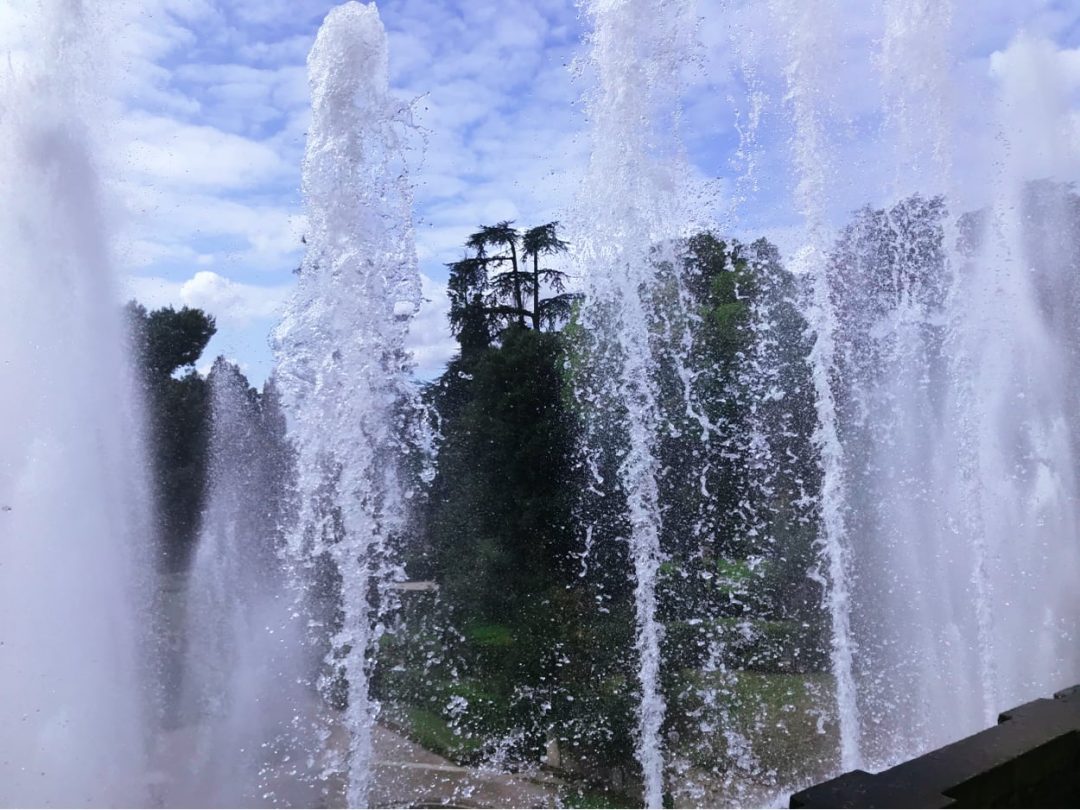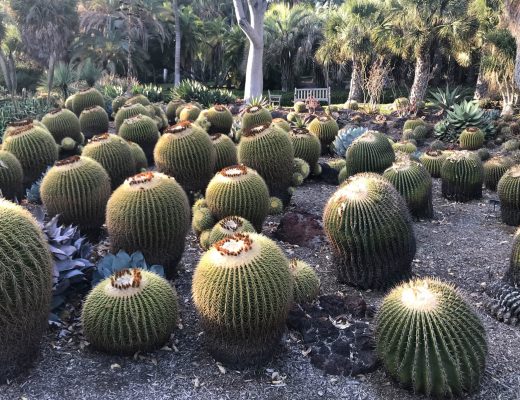Could one argue that, in our vast world, works of art sometimes chose their creator rather than the reverse. Given the pugnacity with which some works were born and continue to exist, the preceding assumption is possible. In my opinion, this is what must have happened in Tivoli, near Rome, during the late Renaissance period.
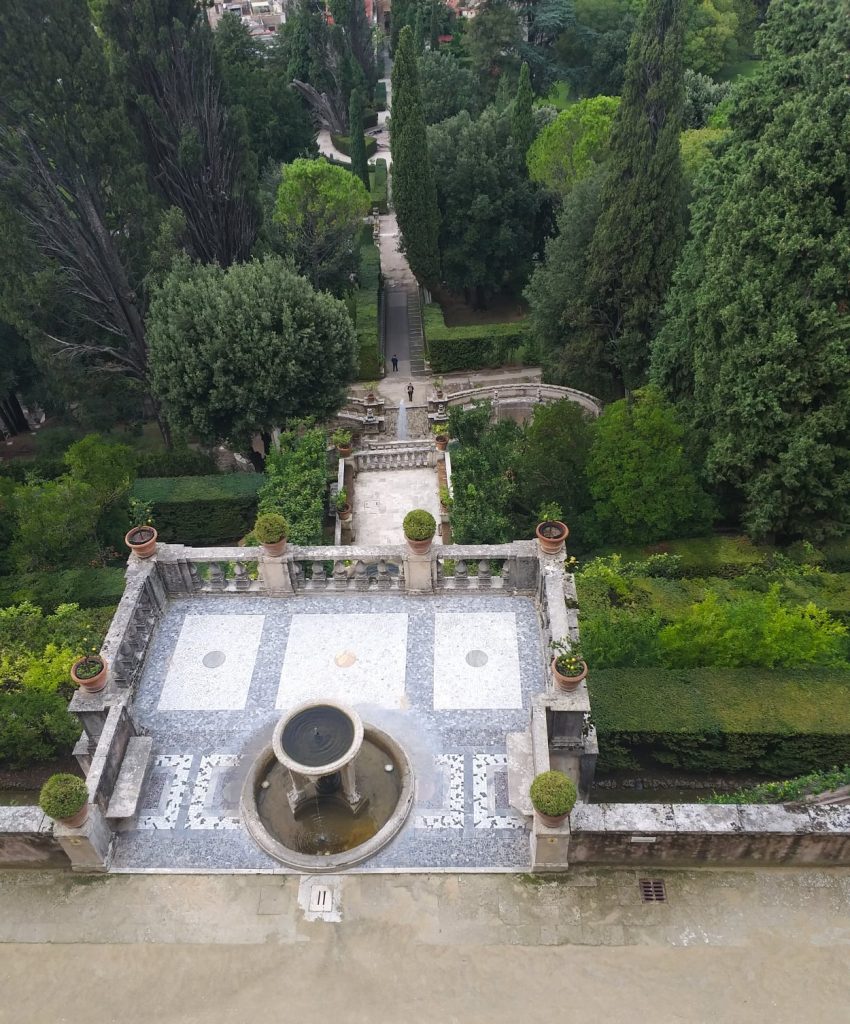
Italy was at the height of Artistic Expression and I like to think that, during this creative effervescence, Water, the precious and vital element so trivialized by man, said to itself that it was time for humanity to became aware of the extent of its unique possibilities. Based on this concept, which I fully support, let’s imagine together the inception of this creation.
It (the Water) decides it is time to become the heroine of a work of art that will realize its ambitious dream. And so, Water begins looking for the right patron. A certain Italian Cardinal also has an ambition, that of becoming Pope. Water is cunning. It understands that the determination of this man can serve its purposes.
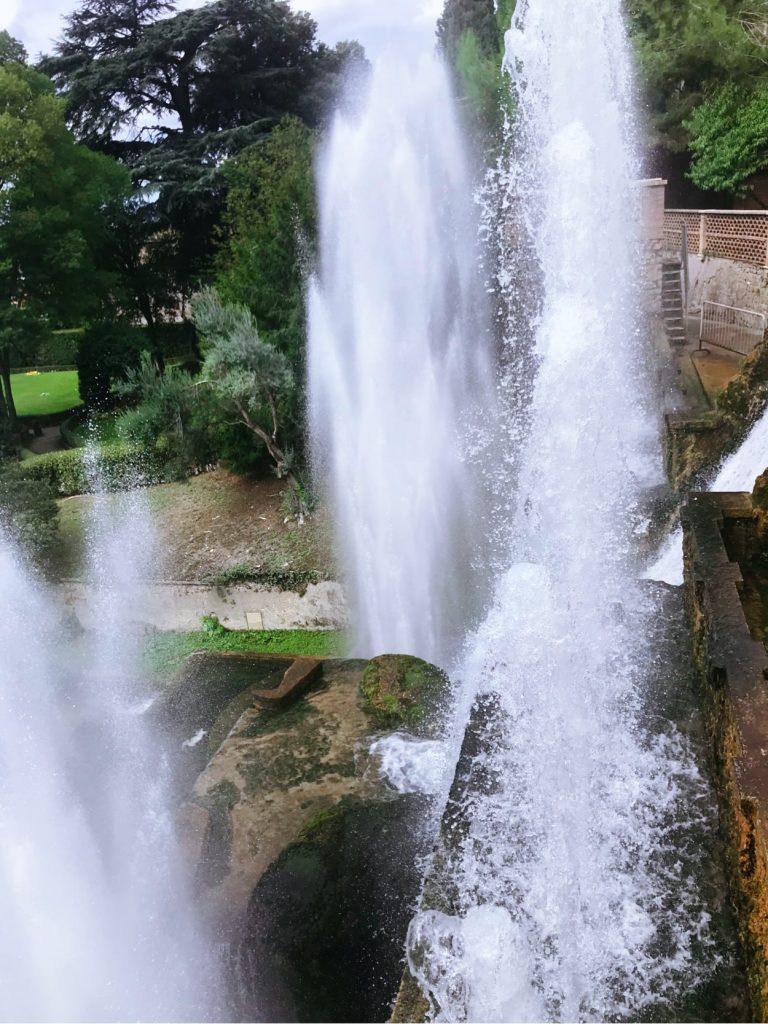
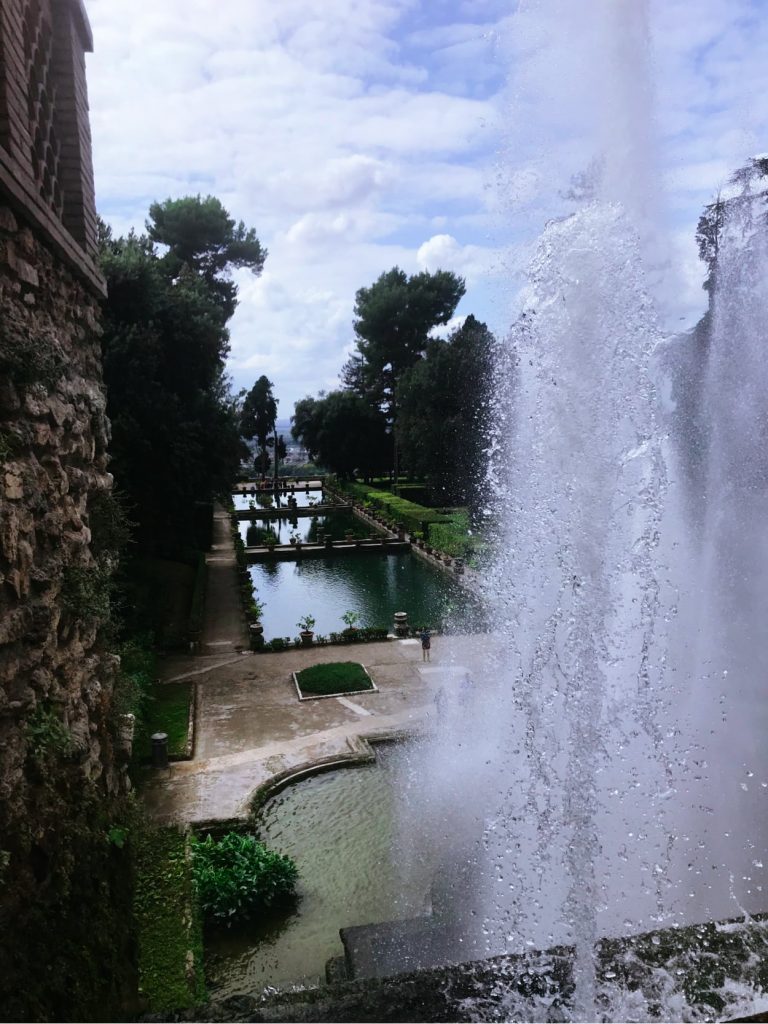
Let’s introduce the man- his name is Hippolyte d’Este. His father, Lucretia Borgia, does not have an excellent reputation with the Papacy. However, Hippolyte has just been appointed Cardinal and governor of Tivoli and the villa which was assigned to him does not please him. He dreams of something larger, more magnificent, more sumptuous. Water is jubilant and certain to have found its patron. Is it Water who prompts him to purchase a Benedictine convent to transform into the palace Villa d’Este? Why not? I believe Watersent Hippolyte the message to dedicate his future palace gardens to aquatics regardless of economic means.
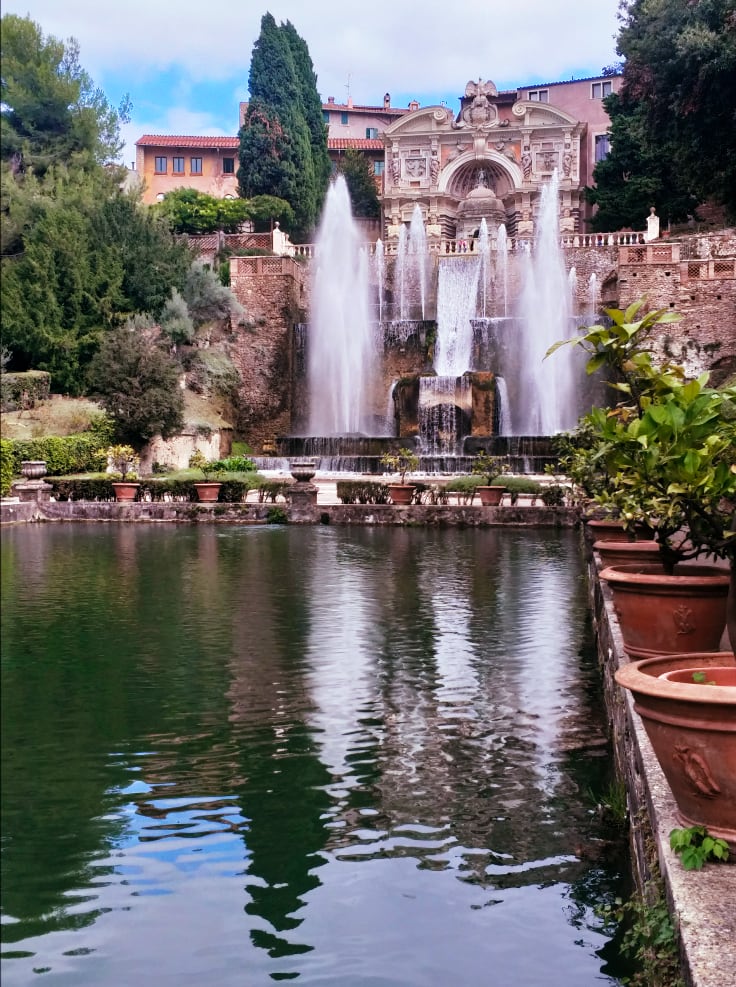
“Water speaks incessantly and
never repeats itself”
Octavio Paz
Hippolypte immediately begins the work in 1550. The site is completely redesigned by engineers and architects. The valley is recontoured and – incredibly – three rivers (the Aniene, the Albueno and the Erculaneo) are diverted in order to channel the water towards the fountains of the future garden! To convey Water, it is necessary to build an aqueduct, a subterranean, and a canal of more than 600 meters! Don’t tell me you still don’t believe that it is Water, the work of art, that has set its sights on its creator?
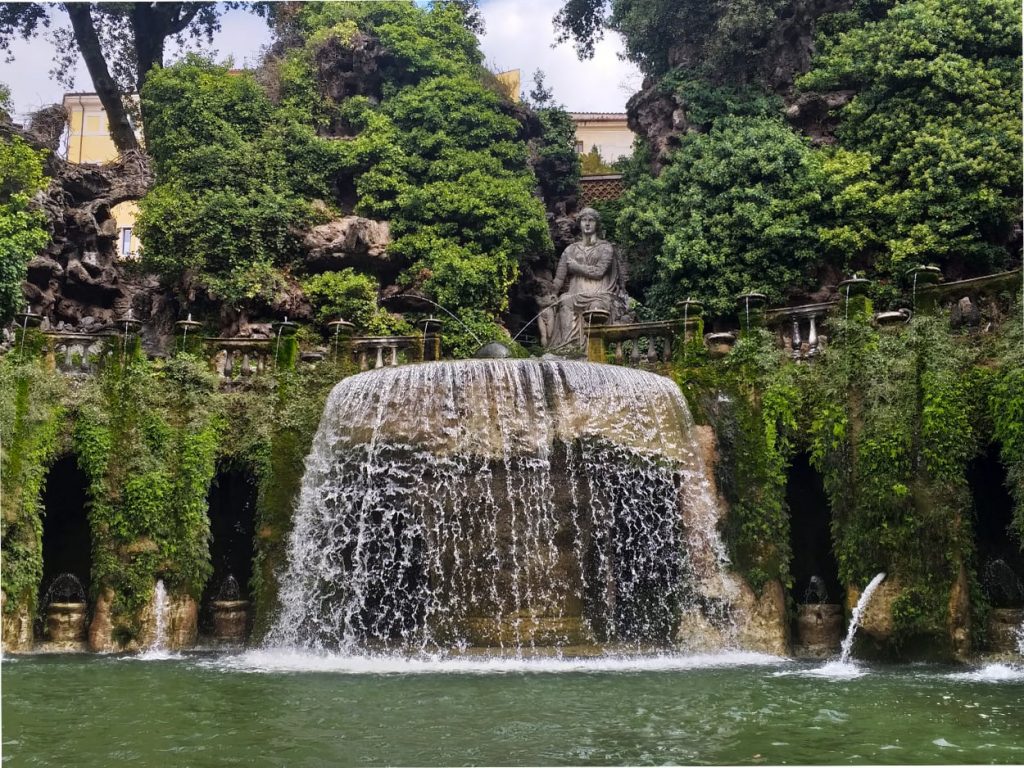
When all of this colossal infrastructure was in place, the garden layout began to develop and it was obvious that everything was at the service of Water. The staggered perspectives, the staircases, the successive landings, the massifs, the grottoes, the medians, the planes and the slopes. Everything, absolutely everything, is thought out so that Water takes precedence in all its glorious manifestations. And that is exactly what happens.
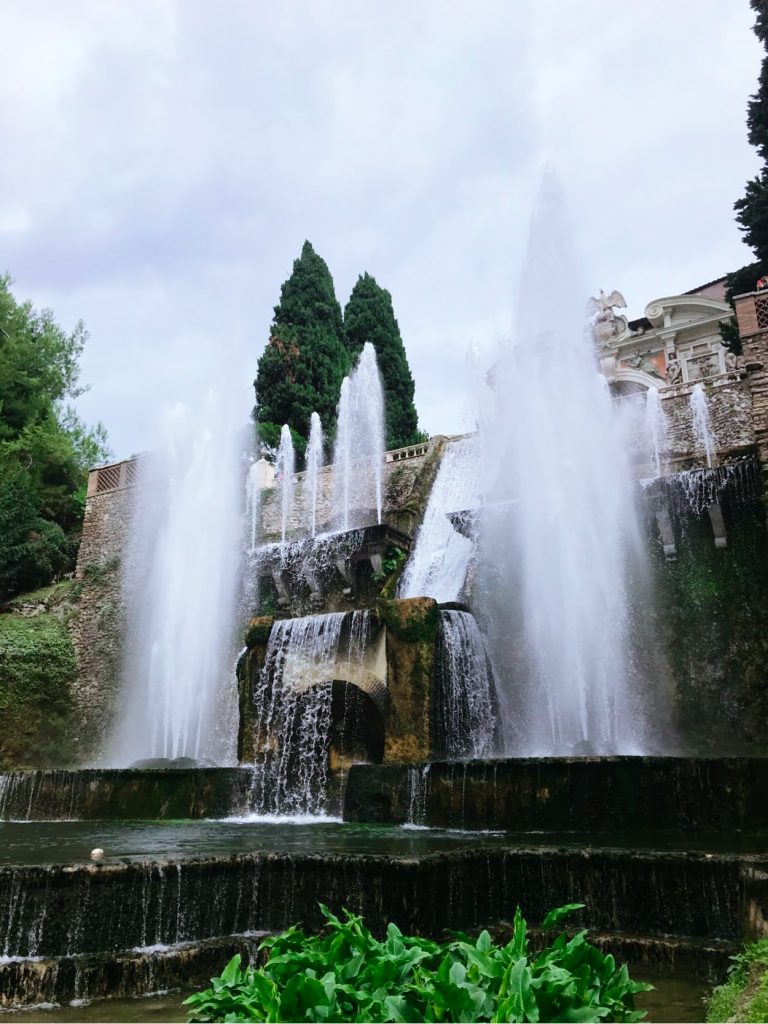
At Villa d’Este, Water speaks, dances and sings and you experience it as you have never have before. It drips, snakes and trickles. It gushes and falls in droplets, in fillets, in geysers, in bouquets or in curtains via fountains and caves. It whispers, clucks, splashes, spurts, gurggles and roars. It is Diva, divine or discreet. It surprises, branches out, collects and spreads. It plays as much as it struts. It even vocalizes in the hydraulic organ that makes it sing. And, the cherry on the cake, it flirts permanently with the iridescent light which colors it according to the sun and the wind.
“Life is Water dancing to the melody of solids.”
Albert Szent-Györgyi.
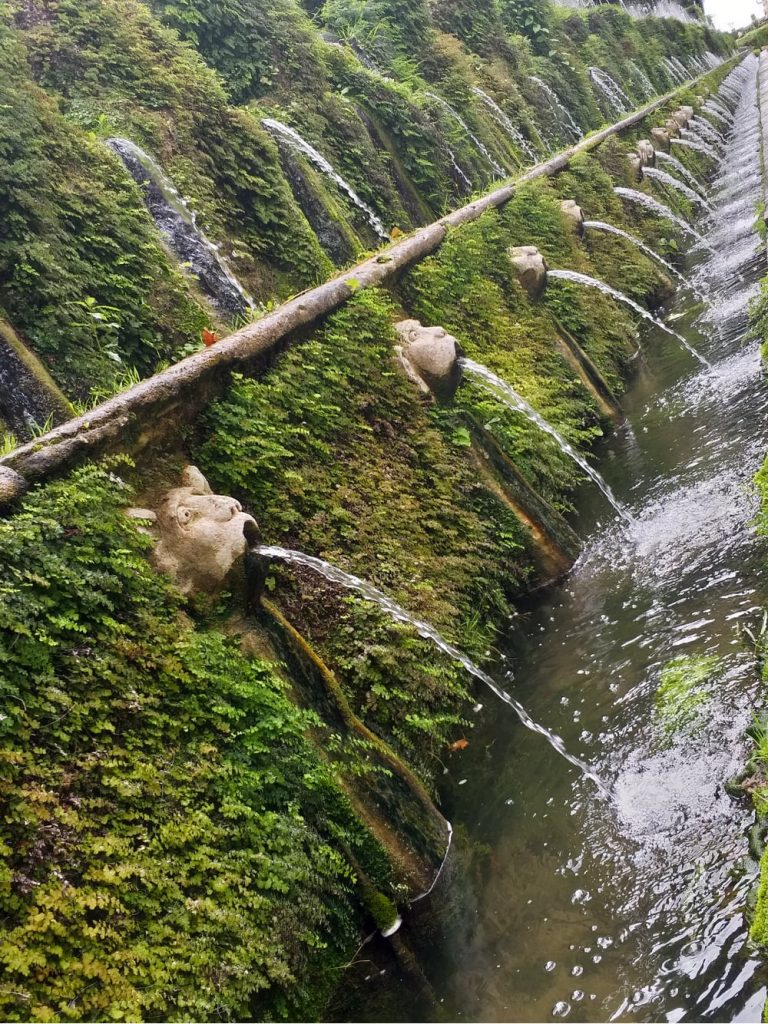
Never before had Water had the opportunity to be so admired. The garden serves Water, not the other way around. Water is the true mistress and owner of Villa d’Este. It has been said that this is a garden of wonders, linking the classical gardens of the Renaissance with those of the Baroque era; a mannerist garden in which grotesque figures are beginning to appear, such as this wall with dozens of fountains:
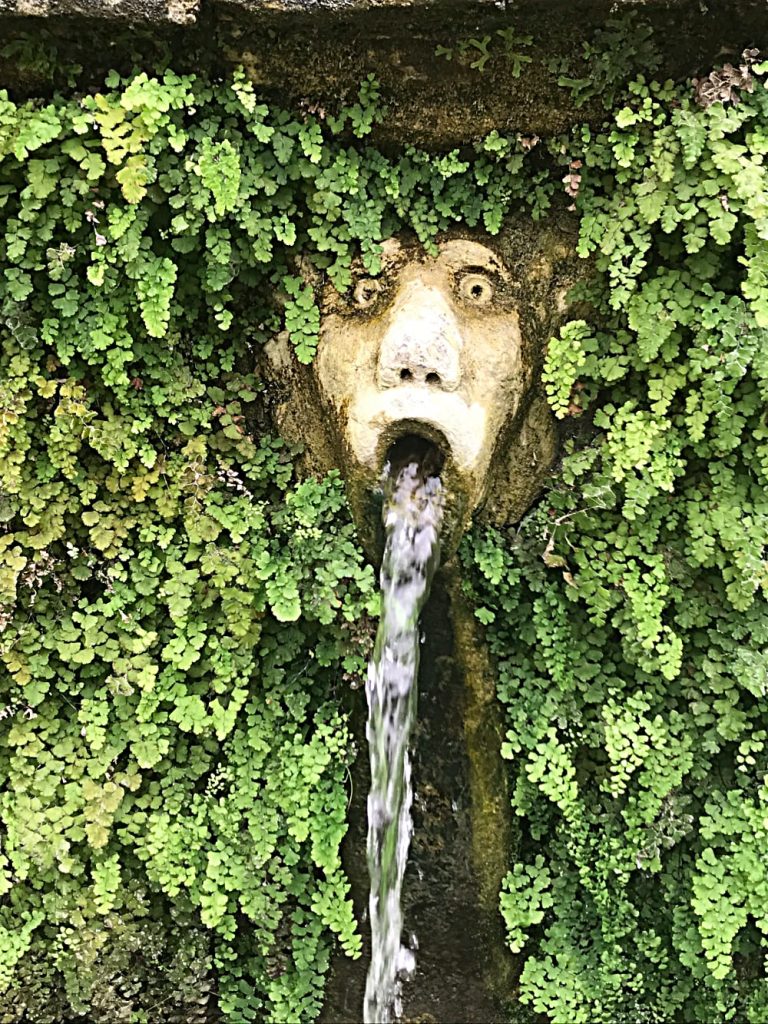
It has also been said that its brilliance created a classification of “before” Tivoli and “after” Tivoli when describing garden and landscape design.
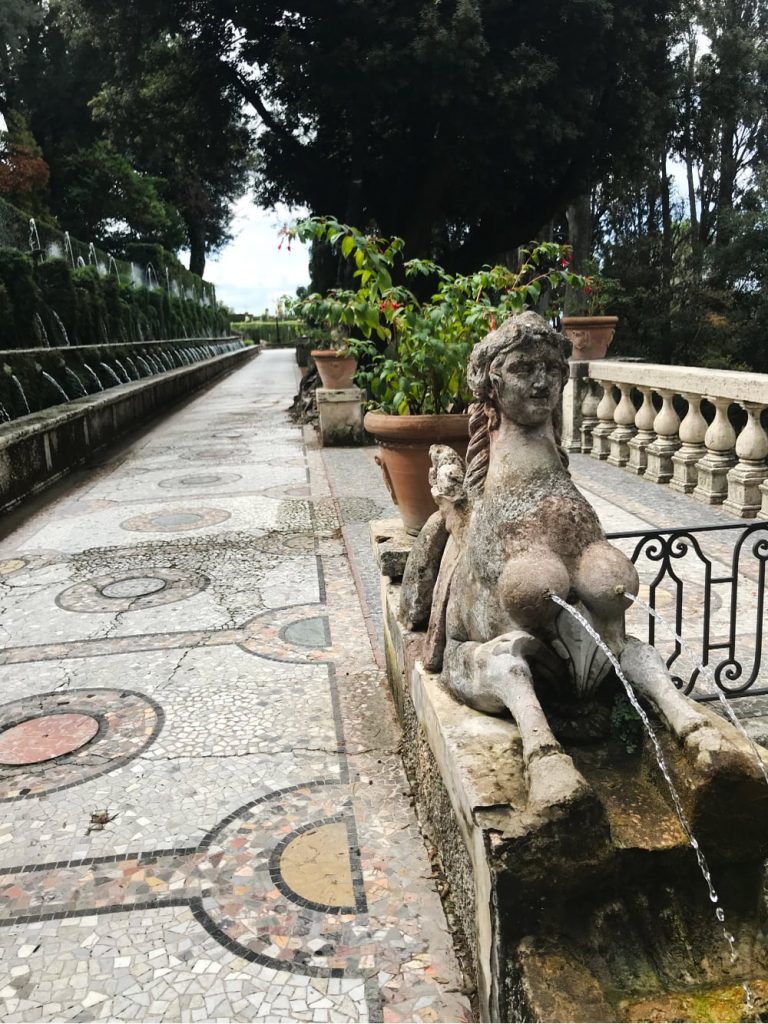

The Villa d’Este is an architectural, artistic and engineering masterpiece, that’s for sure. For me, it is a work of art that surpassed its creators and the only artist who really has captured its essence is Franz Liszt. Listening to his Water Games at the Villa d’Este, one can believe that Water certainly whispered in Hippolyte’s ear convincing him to dedicate his life to this wonderful kingdom in all of its glory !
Text from Claudia Gillet-Meyer and photos from Régis Meyer.
MORE ABOUT:
• Villa d’Este, Tivoli – UNESCO World Heritage Centre
https://whc.unesco.org/en/list/1025/
• European itinerary of the historic gardens:




